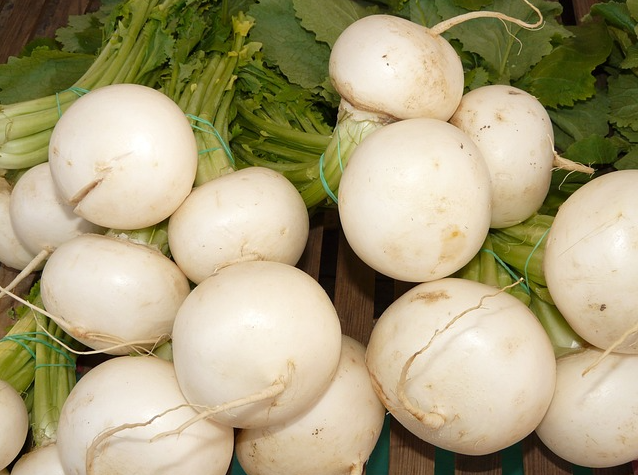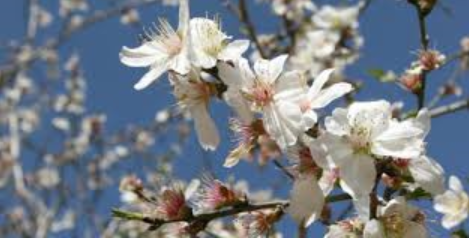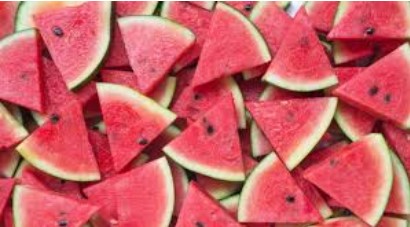I have told the story of turnip many times, so let me give you the essence: for 2,500 years, turnip provided caloric security for humans in the Middle East and Europe, preventing starvation – we, ungrateful as we are, abandoned it in favor of younger, more exotic tubers that arrived from America in the 16th century.
Yes, in practice, the turnip story is more complex, and in certain parts of the world, it was abandoned and became animal feed even before potatoes and sweet potatoes arrived – and still, its relegation as a neglected vegetable and its branding in the last 600 years as 'food for the poor' does it an injustice.
As you may recall, turnip is a vegetable from the cruciferous family and is probably one of the first descendants developed from wild cabbage. For a long period, it was also the most important among them. Why? Available and quick calories. Turnip may not be a culinary dream, but it is filling.
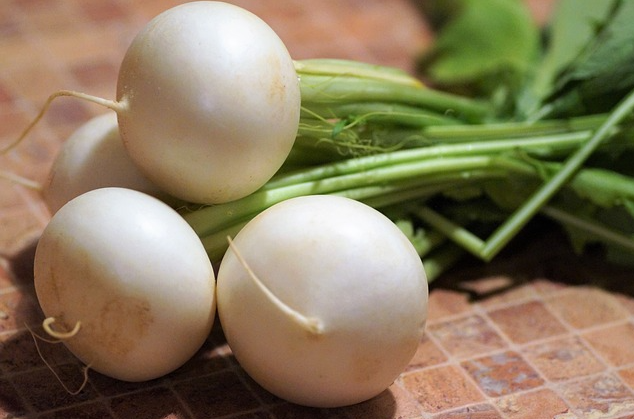
Later, its charm faded and that's a shame. I admit, I would not want to eat turnip every day and all day, but I would not want to give it up entirely either. In winter, turnip is a wonderful addition to any stew, and it is excellent when pickled.
This is the time to note that the turnip visiting us this week is not the regular turnip, the purple-white one, but a more unique variety of turnip, the sweet white turnip.
Before I praise the white turnip (and there is much to praise), I want to open a parenthesis and talk about turnip varieties. It's not that there aren't several varieties of turnip, there are. But most varieties that reach the markets are, by and large, 'more of the same'.
It is very difficult to distinguish the nuances, and when they exist, they relate to qualities relevant to farmers (such as adaptation to different climate and soil conditions). The reason for this is trivial. From the 16th century, when turnip was pushed aside and neglected, other vegetables received the attention of developers.
Turnip continued to be grown but was intended as fodder for cattle and emergency food for the poor – two populations that it was not really important to make an effort for. It is likely that many turnip varieties that were originally intended for food and had different taste properties simply disappeared.
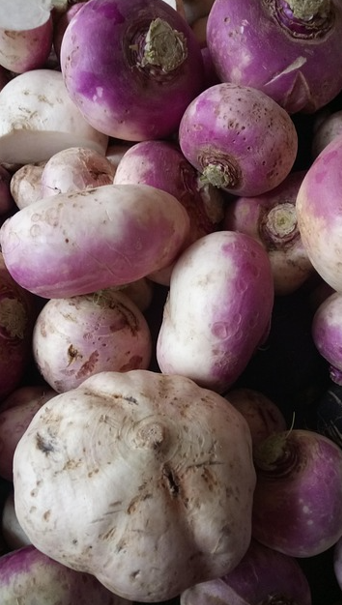
That is why I am so happy when we encounter the sweet white turnip. Somehow, it escaped the historical trajectory of turnip and demonstrates the power of varietal richness. Because the sweet white turnip, as its name suggests, is less bitter than the original (which some claim is 'bland') and its pure flesh has a subtle sweetness that is not found in the regular variety.
I wish that one day the Israeli Volcanic Institute or a similar institution would launch a turnip project, because in my opinion, this modest cruciferous vegetable has not yet said its last word. So what do we do with this turnip? What we do with regular turnip and more. For example, I like to use sweet white turnip even without cooking, pickling, or steaming. I incorporate it into salads and also in cold fish dishes like sashimi and ceviche. I slice it very thin, or grate it into strips, and with a little lemon juice and coarse salt – a delight.

